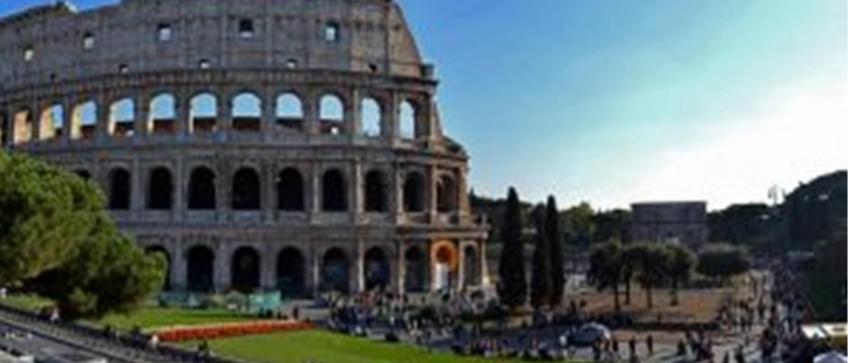Call us now: +5999 6637989
100 Best Things to do in Italy 1 / 32

It is difficult – if not impossible – to limit a list of things to do in Italy to 100, and even more difficult to put them in order of descending significance or entertainment value: home to Phoenicians, Carthaginians, Etruscans, Greeks and Romans, with islands as diverse as dour Sicily and African-influenced Pantelleria and cultures as far apart as Renaissance Venice and the prehistoric Trulli in Alberobello, Italy is a vibrant and colorful hotch-potch, a land of stark and passionately defended contrasts.
Famous for its ice-cream and its wine and with such characteristic culinary specialities as pizza and pasta (to name but a few), Italy is a land of lovers, of (often tragic) romance, of beautiful churches, ancient ruins and smoking volcanoes, of vendettas and grand opera. It is very child-friendly – Italians love children – and very relaxed with regard to organization and punctuality, which means there is no point getting upset when your train fails to show up. When in Rome, do as the Romans do; take a siesta and enjoy La Dolce Vita. If you are travelling by car, be aware that this cocktail of attributes shows up in their driving, too. Rules are made to be broken, signalling is haphazard and you will rarely see a car without dents. That said, there are few countries better equipped as a holiday destination for all tastes. Buon viaggio!
1. Colosseum (Rome)
Rome’s famous “Flavian Amphitheatre” is the largest amphitheatre ever built. Constructed within 8 years, it is estimated that on its completion in 80 AD it could hold between 50.000 and 80.000 spectators. Until it was declared an UNESCO World Heritage Site in 1980, it had been used as a gladiatorial arena, a theatre, a place of execution, a shrine, a quarry, for housing a religious order and for entertainment. Today it is one of Italy’s prime tourist attractions, drawing millions of visitors annually.
The Colosseum can be reached from Rome Termini railway station Line B, nearest stops: Collosseum or Roman Forum.
2. Pompeii (Naples)
With approximately 2.5 million visitors each year, the 2,700 year old village of Pompeii (near Naples) – which was buried under tons of ash and pumice in 79 AD when Vesuvius erupted – is one of Italy’s prime tourist attractions. The site, which was only rediscovered and excavated in the years between 1599 and 1748, offers unique insight into the way the Romans lived.
Pompeii can best be accessed by train from Naples (around 45 minutes) or Sorrento (30 minutes).
- Log in to post comments
